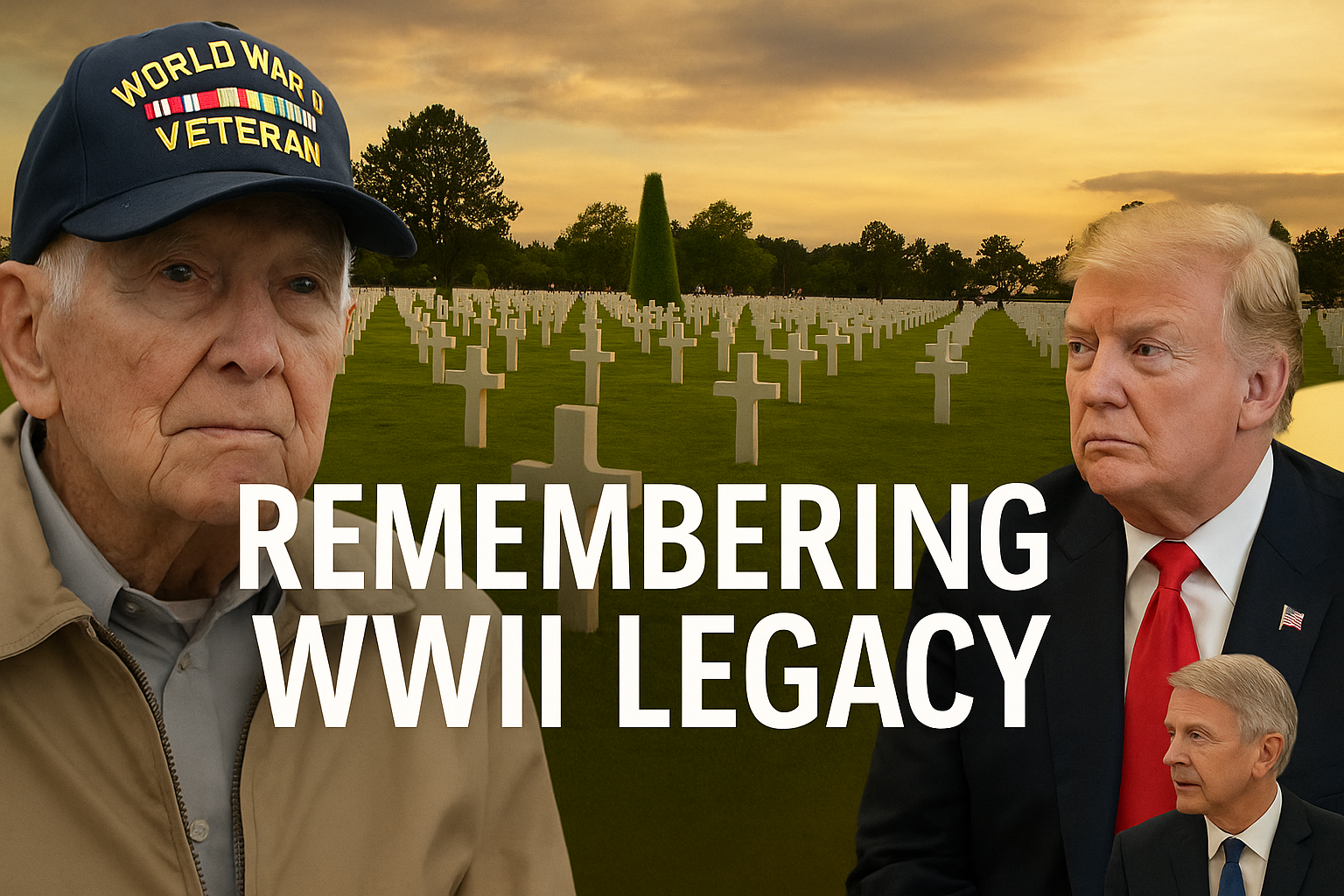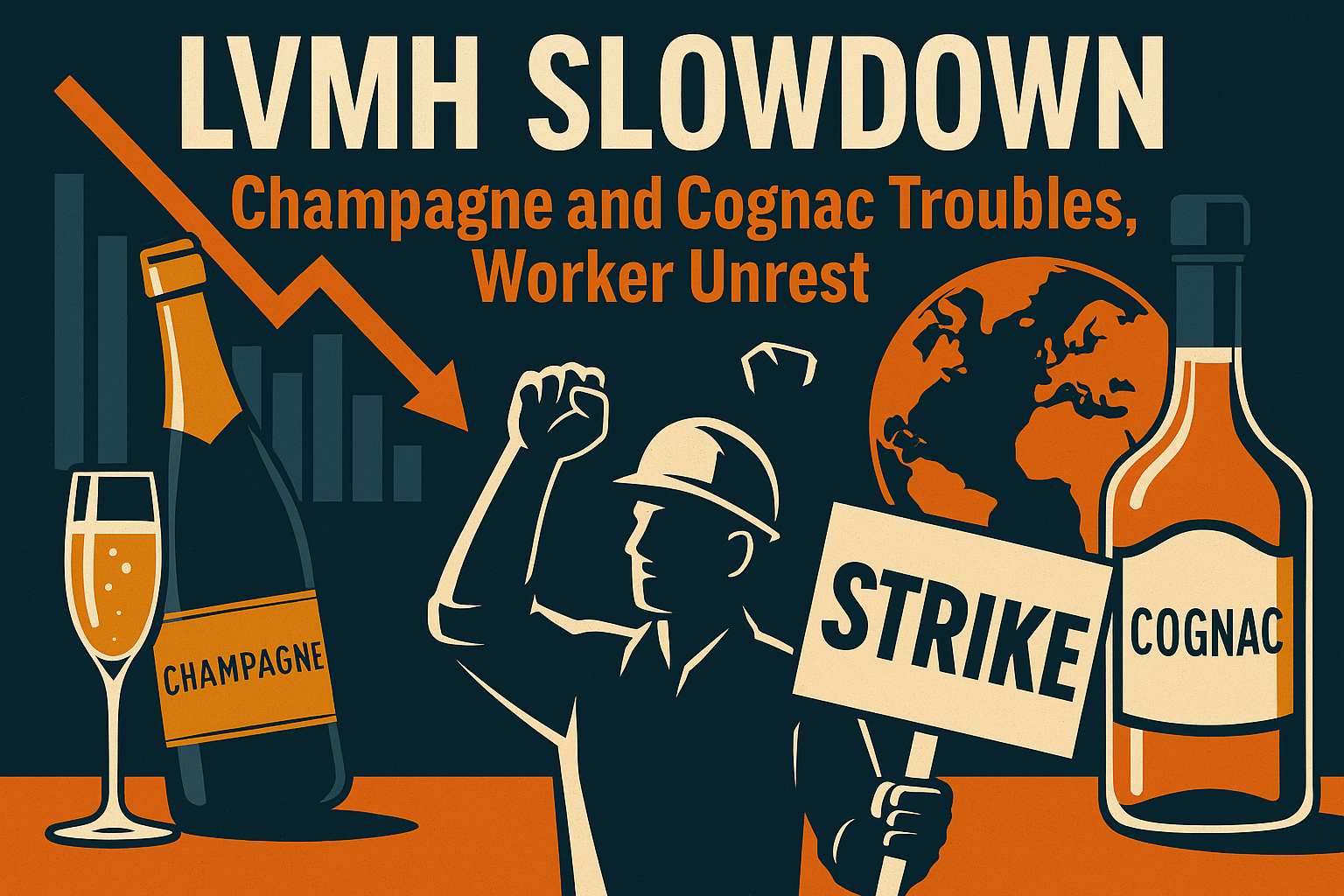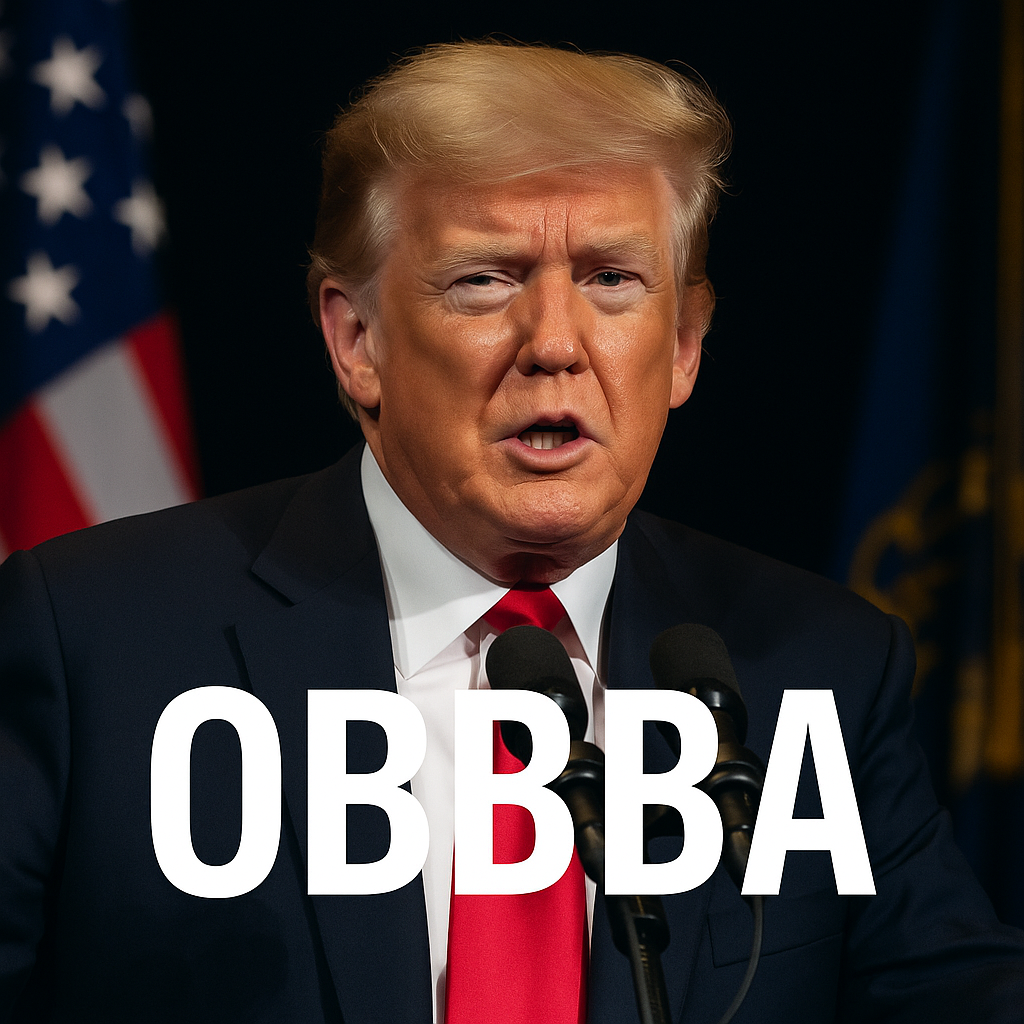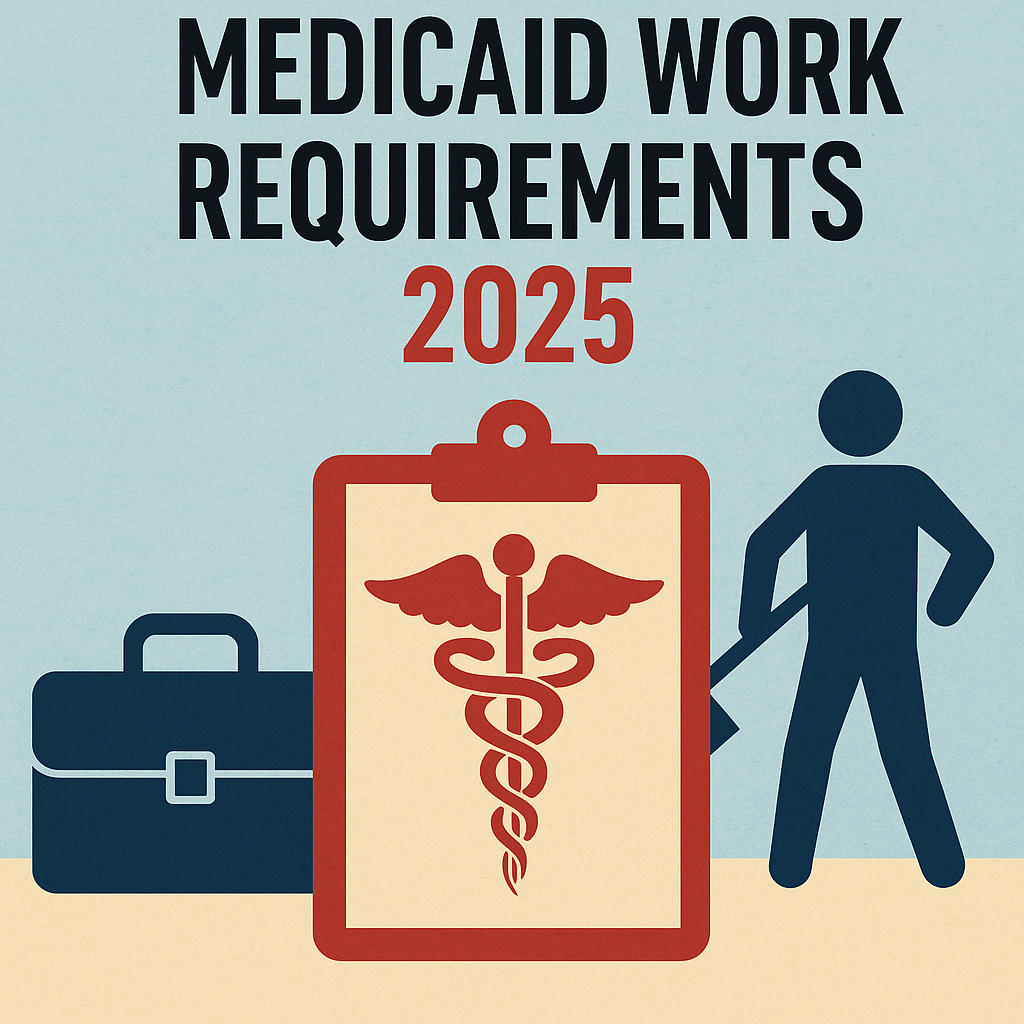Honoring the Past, Preserving the Future
Every June, the world turns its eyes to the shores of Normandy—not as a place of war, but as sacred ground where freedom’s price was paid. Now, in 2025, with the 81st anniversary of D-Day upon us, the WWII legacy remembrance takes on deeper meaning than ever before.
In a world where global conflict still brews and the last living veterans grow older, remembering the events of June 6, 1944, isn’t just about history. It’s about identity, diplomacy, and legacy. This year, that remembrance resonated across three powerful moments: an emotional return of aging veterans to Normandy, a bold endowment initiative by the National WWII Museum in New Orleans, and a revealing exchange between President Donald Trump and German Chancellor Friedrich Merz in the Oval Office.
These moments—though unfolding in different places—intertwined with a common thread: the enduring need to remember, reflect, and preserve the human cost of freedom.
The Emotional Return to Normandy: A Final Goodbye
For many of the 23 World War II veterans who journeyed to Normandy this June, this visit was more than a commemoration—it was likely their last. Most are between 98 and 102 years old, and though age has taken its toll, their memories remain vivid.
Jake Larson, 102 years old and a survivor of the Omaha Beach landings, said it plainly: “We are the lucky ones.” With eyes scanning the crosses at the American Cemetery, he reminded everyone that those buried there never came home. “They had no family. We are their family now.”
Normandy embraced these veterans with warmth. French schoolchildren handed them letters. Locals lined the streets. Crowds clapped as they walked or were wheeled past memorials that would not exist if not for them. These scenes were rich in WWII legacy remembrance, not just through monuments, but in the living gratitude of the people.
One veteran, Wally King, a 101-year-old P-47 fighter pilot, traveled with his granddaughter to visit the resting place of a fallen friend. Fighting back tears, he said, “This might be the last time. But I’m proud I got to come.”
It’s hard not to choke up when you realize the simplicity of their wishes: to remember, to be remembered, and to ensure that what they fought for never fades.
A Legacy Preserved: National WWII Museum’s Endowment Push
Back home, thousands of miles away in New Orleans, another kind of tribute is unfolding.
The National WWII Museum has become one of the nation’s premier institutions for honoring the war’s legacy. Its sprawling campus has grown in recent years thanks to the successful Road to Victory capital campaign, which raised more than $420 million by late 2023. New pavilions, immersive exhibits, and education centers now bring the stories of soldiers, nurses, and civilians to life in ways textbooks never could.
But with buildings complete, attention has turned to something just as vital: sustainability.
The museum has launched a WWII legacy remembrance endowment campaign designed to secure its future for generations to come. Unlike capital campaigns that build structures, this endowment aims to support:
- Educational outreach for students nationwide
- Preservation of irreplaceable artifacts
- Research and publication of untold stories
- Maintenance of one of the country’s most visited historical campuses
Donors can choose to support the general endowment or direct their gifts to specific missions—whether it’s scholarships for school field trips, funding veteran interviews, or sponsoring an historian-in-residence.
Recent philanthropic boosts have helped the cause. A $7.5 million gift from Timber and Peggy Floyd is funding a new education and collections pavilion, while the Arlene and Joseph Meraux Foundation donated nearby property to house growing educational and archival efforts.
Executive leaders say that without this push, the risk is real: even the most powerful institutions can falter if their operations aren’t future-proof.
And in a time when misinformation and historical amnesia are growing threats, the importance of this WWII legacy remembrance campaign can’t be overstated.
Diplomacy and Discomfort: Trump, Merz, and the Meaning of D-Day
While veterans stood at attention in France and the museum worked to safeguard history in New Orleans, the symbolic weight of D-Day landed with unexpected gravity in Washington.
In a meeting with German Chancellor Friedrich Merz on June 5—just a day before the D-Day anniversary—President Trump made headlines when he bluntly told Merz:
“That was not a pleasant day for you.”
Referring to June 6, 1944, Trump’s remark came off as flippant to many observers. But Merz, quick to respond, used the moment to underscore what WWII legacy remembrance truly represents:
“In the long run, Mr. President, this was the liberation of my country from Nazi dictatorship.”
With grace and clarity, Merz reminded the world that D-Day was not only a victory for the Allies but a step toward freeing millions—including Germans themselves—from tyranny.
This moment in the Oval Office, awkward as it was, reflects something essential about remembrance: it’s not always comfortable. It demands honesty, humility, and sometimes difficult conversations. But it also offers a chance for learning—and healing.
Why WWII Legacy Remembrance Still Matters
The common thread tying these stories together isn’t just nostalgia. It’s a recognition that legacy must be nurtured, not merely observed.
- Veterans need to be heard before their voices fade.
- Museums need support so that their halls stay filled with wonder and truth.
- World leaders must frame history not as a point of pride or shame, but as a shared responsibility.
In today’s world—one rife with conflict, misinformation, and political division—remembering World War II isn’t just about saluting the past. It’s about protecting the present and shaping the future.
🙋♂️ Questions & Answers: Understanding the Legacy
Q1: Why is D-Day still relevant in 2025?
A: D-Day was a turning point in world history, marking the beginning of the end of Nazi occupation in Europe. Its relevance today lies in the reminder it provides about unity, sacrifice, and the high cost of freedom—values still crucial in today’s geopolitical climate.
Q2: What makes the National WWII Museum’s endowment important?
A: Unlike capital campaigns that fund physical expansion, an endowment ensures operational sustainability. It supports education, preservation, and access for generations who were not alive during the war.
Q3: How are veterans supported during their return trips to Normandy?
A: Organizations like the Best Defense Foundation arrange travel, medical support, and accommodations. Communities in Normandy warmly receive them, offering heartfelt tributes and hosting remembrance events.
Q4: Was Trump’s comment about D-Day historically insensitive?
A: While controversial, the comment sparked important dialogue. Chancellor Merz’s response reframed the moment, highlighting D-Day as a day of liberation, even for Germany—a nuanced but necessary truth in WWII legacy remembrance.
Q5: How can individuals contribute to preserving this legacy?
A: People can donate to the museum’s endowment, volunteer for veteran support groups, or simply share stories with younger generations. Personal engagement—however small—keeps memory alive.
Final Reflection: Living History, Not Just Remembered History
The 81st anniversary of D-Day wasn’t just another number—it was a call to action.
In Normandy, frail hands reached out to touch beach sand once soaked with blood. In New Orleans, construction crews prepared to break ground on the future of memory. And in Washington, a tense exchange reminded us that history, even when uncomfortable, is vital to confront.
WWII legacy remembrance isn’t an event. It’s a living responsibility—carried by veterans, curated by museums, and reflected in global diplomacy.
And it’s on all of us to ensure that this legacy isn’t lost in the noise of the modern world—but passed on with the reverence it deserves.
Read more from our English Section














Leave a Reply